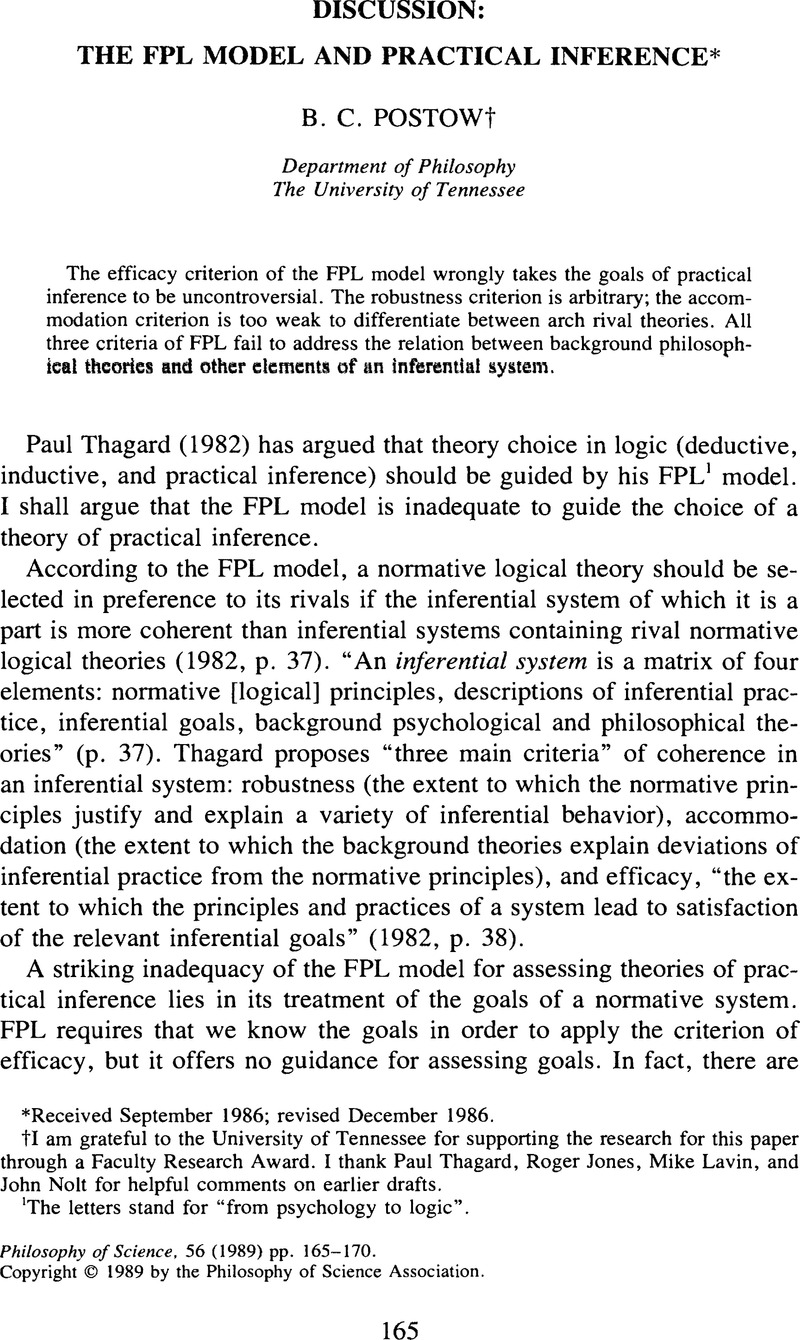Crossref Citations
This article has been cited by the following publications. This list is generated based on data provided by Crossref.
Donohue, Laura
and
Sinnott‐Armstrong, Walter
1991.
20 YEARS OF MORAL EPISTEMOLOGY: A BIBLIOGRAPHY.
The Southern Journal of Philosophy,
Vol. 29,
Issue. S1,
p.
217.
Postow, B. C.
1999.
Reasons for Action.
Vol. 4,
Issue. ,
p.
59.



